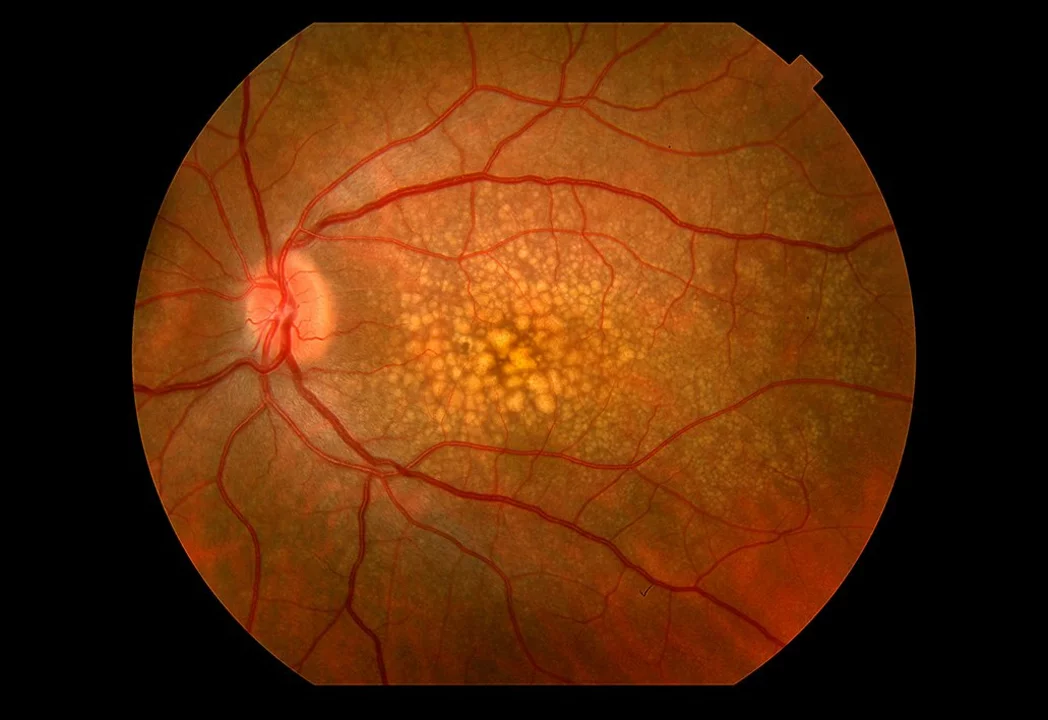Macular Degeneration: What It Is and How to Deal With It
If you’ve heard the term macular degeneration and feel a bit lost, you’re not alone. It’s a common eye condition that slowly erodes the sharp central vision you need for reading, driving, or recognizing faces. The good news is there are ways to spot it early and steps you can take to slow its progress.
The disease affects the macula – the tiny part of the retina responsible for detailed vision. When cells in this area die off, things look blurry or patchy right in the middle of your view. It doesn’t usually affect peripheral vision, so you might still see well on the sides while struggling with straight‑ahead tasks.
Dry vs. Wet Macular Degeneration
There are two main forms. Dry AMD is the slower, more common type. Small yellow deposits called drusen build up under the retina and gradually thin out the macula. Wet AMD is less frequent but faster‑acting. Abnormal blood vessels leak fluid or bleed, causing a sudden drop in vision.
Most people start with dry AMD. If it turns wet, doctors can often intervene with injections that block vessel growth and protect remaining sight.
Risk Factors You Can Control
Age is the biggest factor – most cases appear after 60. Smoking, high blood pressure, and a diet low in leafy greens also raise risk. Genetics play a role too, but lifestyle changes still matter.
Here are three easy habits that help:
- Eat more carrots, kale, and berries. These foods supply lutein and zeaxanthin, antioxidants that protect the macula.
- Wear UV‑blocking sunglasses. Sunlight can damage retinal cells over time.
- Quit smoking. It cuts blood flow to the eyes and speeds up degeneration.
Regular eye exams are crucial. An optometrist can spot early drusen or subtle changes before you notice any trouble. If they see warning signs, they’ll refer you to a retinal specialist for deeper testing.
When it comes to treatment, options differ by type:
- Dry AMD: No cure yet, but AREDS2 supplements (vitamin C, vitamin E, zinc, copper, lutein, zeaxanthin) can slow vision loss.
- Wet AMD: Anti‑VEGF injections (like ranibizumab or aflibercept) are the standard. They seal leaking vessels and often improve sight.
Beyond meds, low‑vision aids such as magnifiers, special glasses, or smartphone apps can make daily tasks easier. Many people find that adjusting lighting at home – brighter lamps for reading, contrast‑enhancing settings on screens – makes a real difference.
If you’re worried about macular degeneration, start with a comprehensive eye checkup. Ask your doctor about AREDS2 supplements if you have dry AMD, and discuss injection therapy if wet AMD shows up. Pair medical advice with healthier habits, and you’ll give your eyes the best shot at staying clear.
Remember, catching changes early is key. Stay proactive, keep an eye on your diet and lifestyle, and don’t skip those regular appointments. Your vision deserves that level of care.

The Connection Between Myosis and Macular Degeneration
In my recent research, I discovered a fascinating connection between myosis and macular degeneration. Myosis, the constriction of the pupil, can lead to reduced light entering the eye, which plays a role in the development of macular degeneration, a progressive eye disease affecting central vision. This connection is crucial because it helps us understand the importance of proper eye care and its impact on our overall eye health. As a blogger passionate about health topics, I find it essential to share this information with my readers to raise awareness about the significance of maintaining good eye health. By understanding the connection between myosis and macular degeneration, we can take appropriate steps to prevent or slow down the progression of this debilitating eye condition.